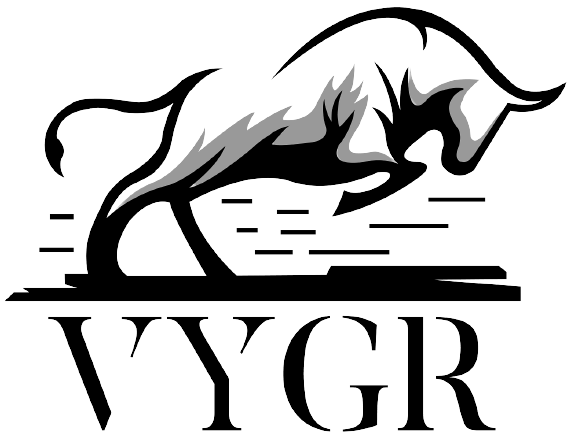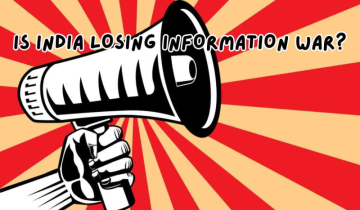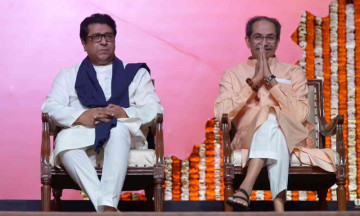In a post-apocalyptic future, the question of what would happen to life on Earth after humans are gone comes up. The question of which animal or group of animals would become the most successful species has led to many theories, and a list of possible candidates has been made. But it's important to first explain what "dominant species" means before going any further with these ideas.
Let's focus on animals because it will make things easier. Most ideas about life in the future centre on animals, even though some people say that blooming plants are the most important thing in our time. Even though bacteria have always been and still are the most common type of life on Earth, this is still the case. We are fascinated by bacteria for some reason.
When people think about potentially dominant species, they often think of close relatives of humans. For example, "Planet of the Apes" is based on the idea that our monkey ancestors could learn to talk and use our technology if they had enough time. On the other hand, the primate groups of non-human primates are either already gone or on the verge of going extinct. This makes it very unlikely that they will take over from us. Any disaster on a global scale that affects people is going to be terrible for any great ape communities that are still alive.
Also, it seems unlikely that another distant cousin of humans, like a monkey, a mammal, or any other species, would develop intelligence and a society like ours. Intelligence and physical skill are not needed to be dominant in the animal world, and they are not likely to develop in any other species besides humans. But people are different in both of these ways, which makes them truly special. Evolution doesn't favour intelligence for its own sake; instead, it favours traits that help organisms survive and reproduce.
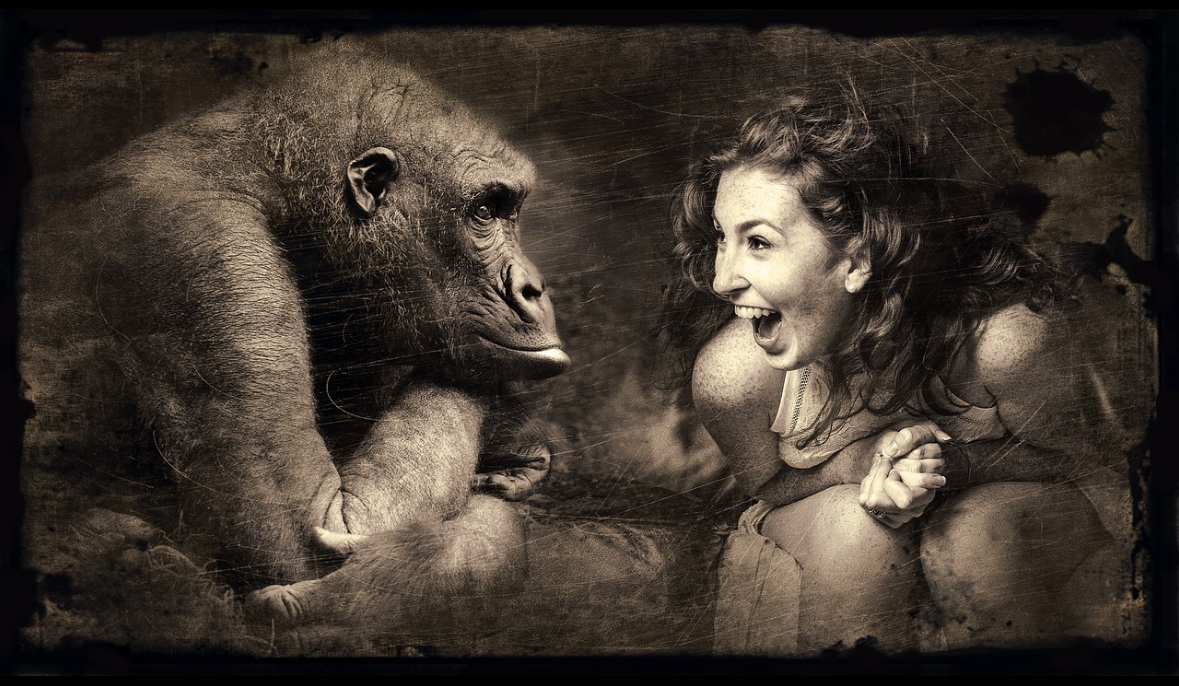
So, what do you think the most common species will be fifty million years after humans? The answer is both disappointing and exciting: we don't know what the end product will look like. Throughout Earth's past, there have been times when a lot of species died out, followed by times when a lot of new species appeared quickly. The appearance of new species, which were often genetically different from their ancestors, led to a lot of different forms. The small animals that looked like shrews and lived with dinosaurs looked nothing like the cave bears, mastodons, and whales that came after them during the age of mammals. They also gave rise to cave bears.
Stephen J. Gould wrote a book called "Wonderful Life: The Burgess Shale and the Nature of History. In it, he argued that chance, which is also called "contingency," played a big role in the major changes that happened in the lives of animals. Even though people still argue about how important chance events were in the past, Gould's observation shows how hard it is for evolution to change. We can't say for sure whether or not modern lineages will escape future extinctions.
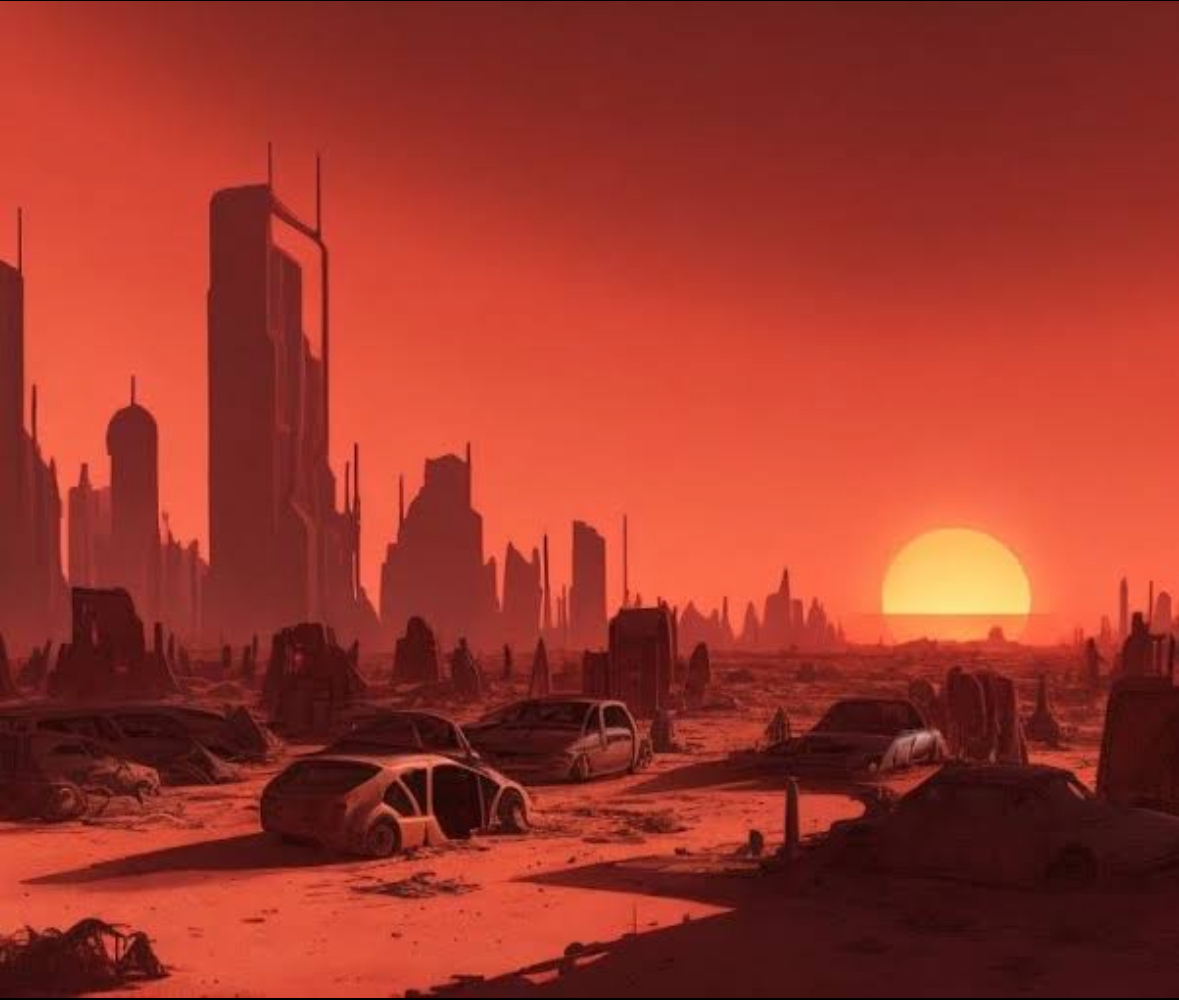
So, it is possible that ants or some other species could take over after humans, but we can only guess what their offspring would look like. Without human help, the development of life on Earth will depend on a lot of different things, like how random events are and how different kinds of organisms interact with each other.
© Copyright 2023. All Rights Reserved Powered by Vygr Media.
